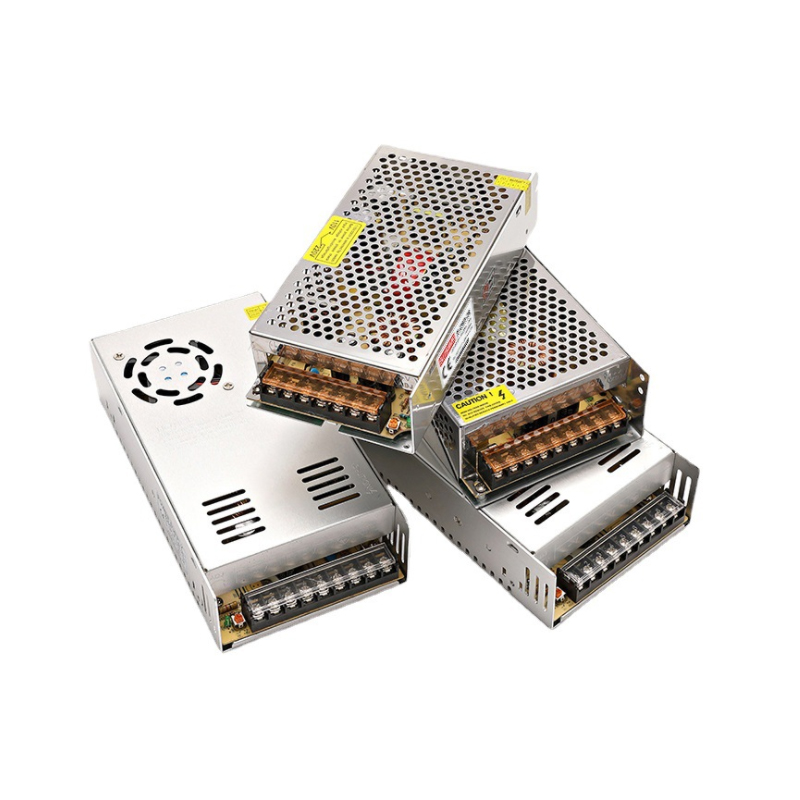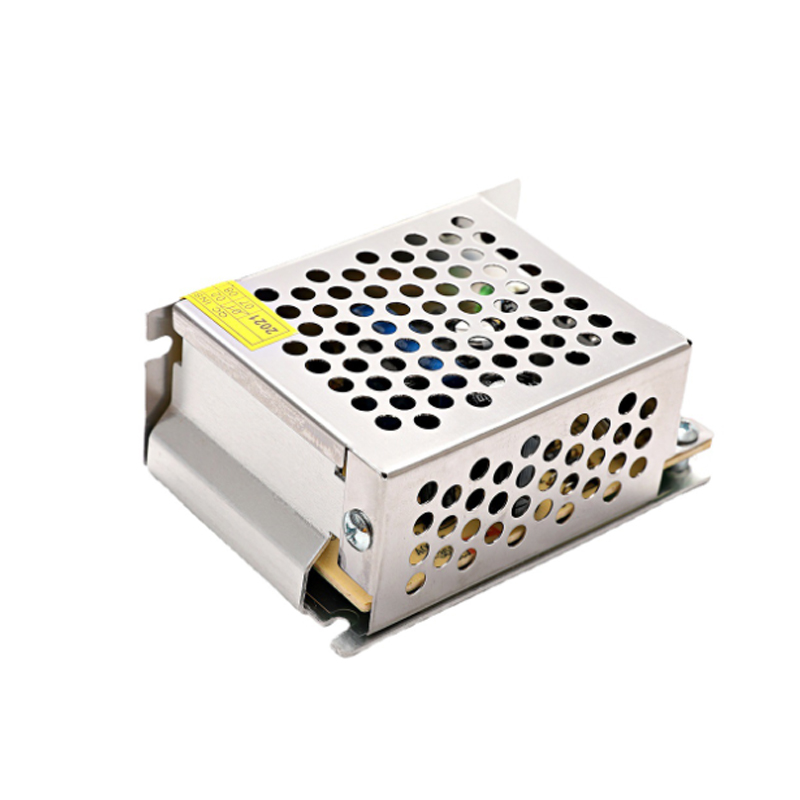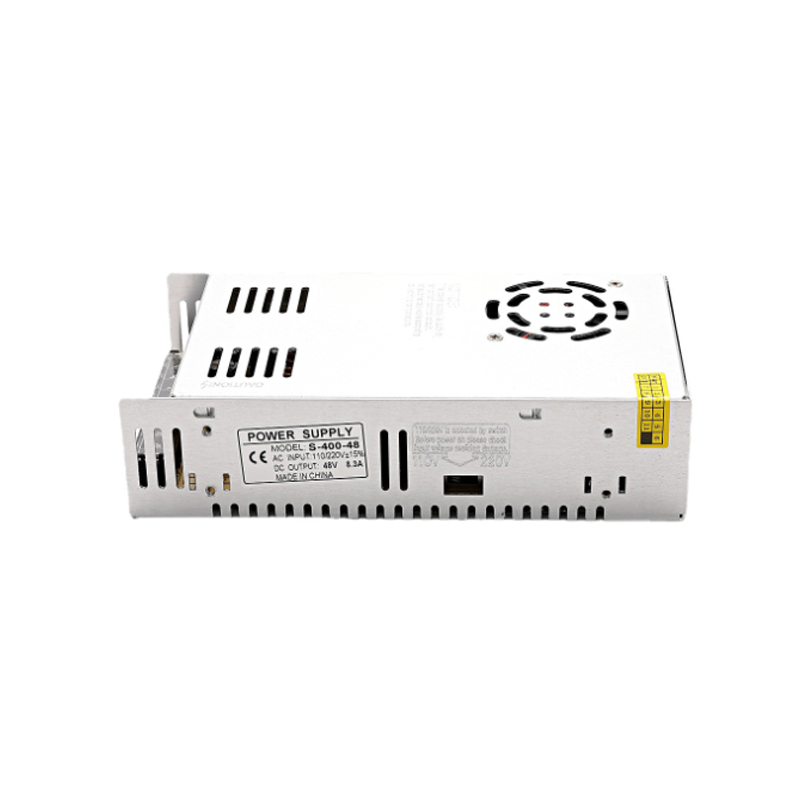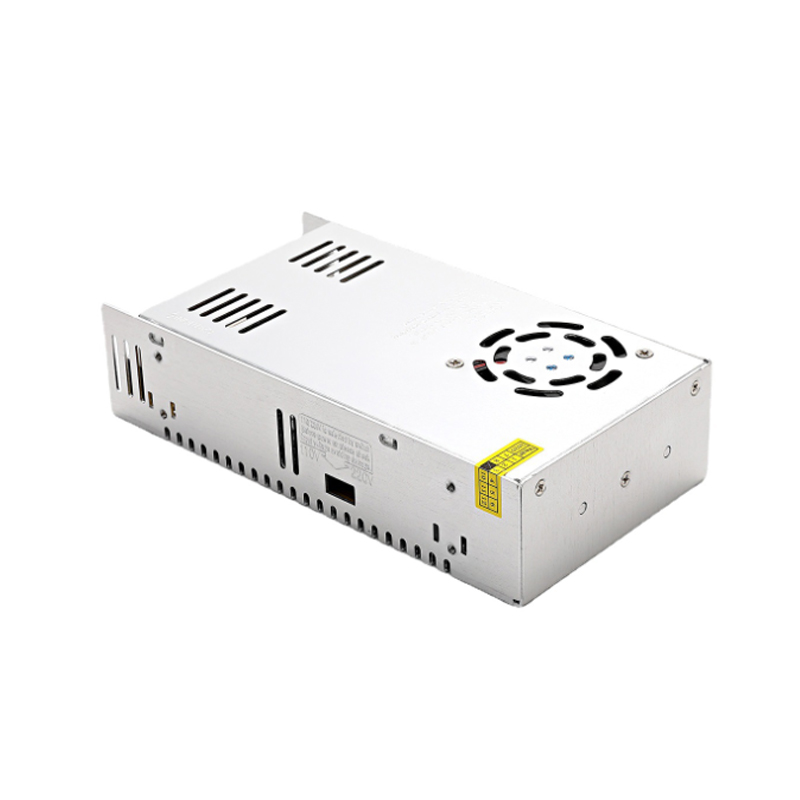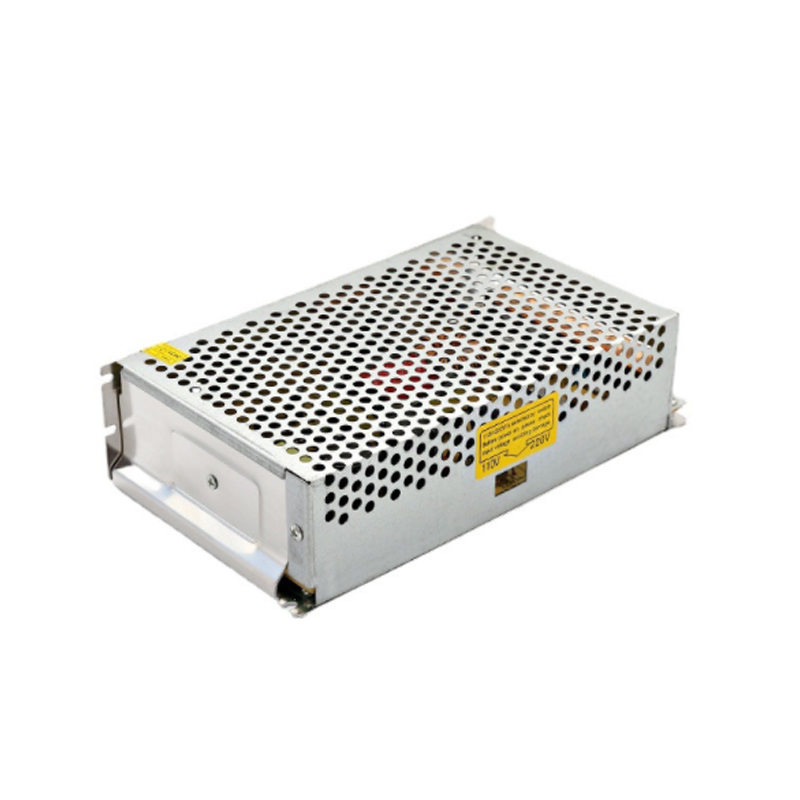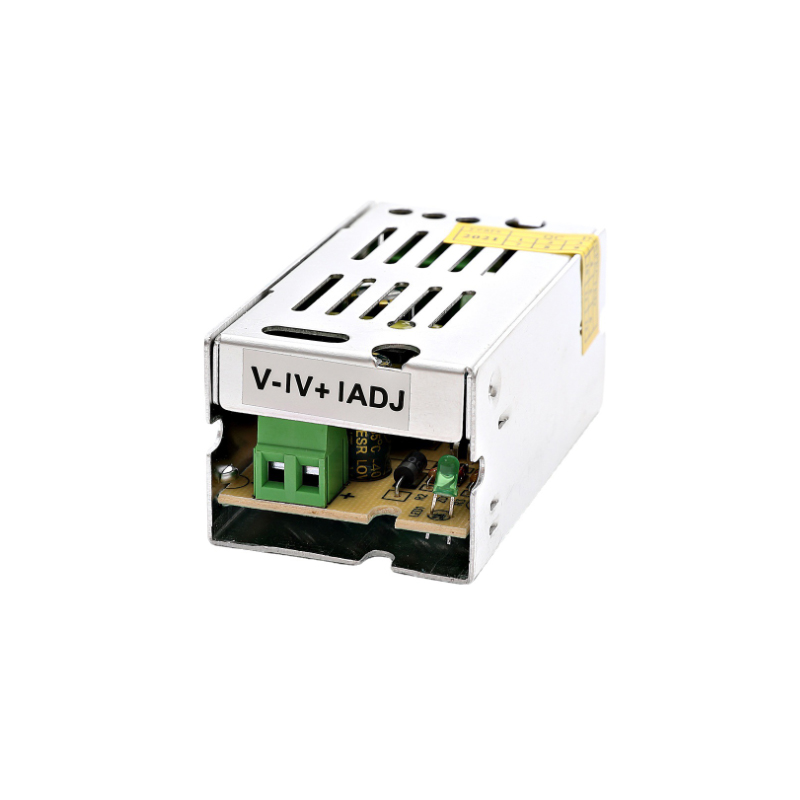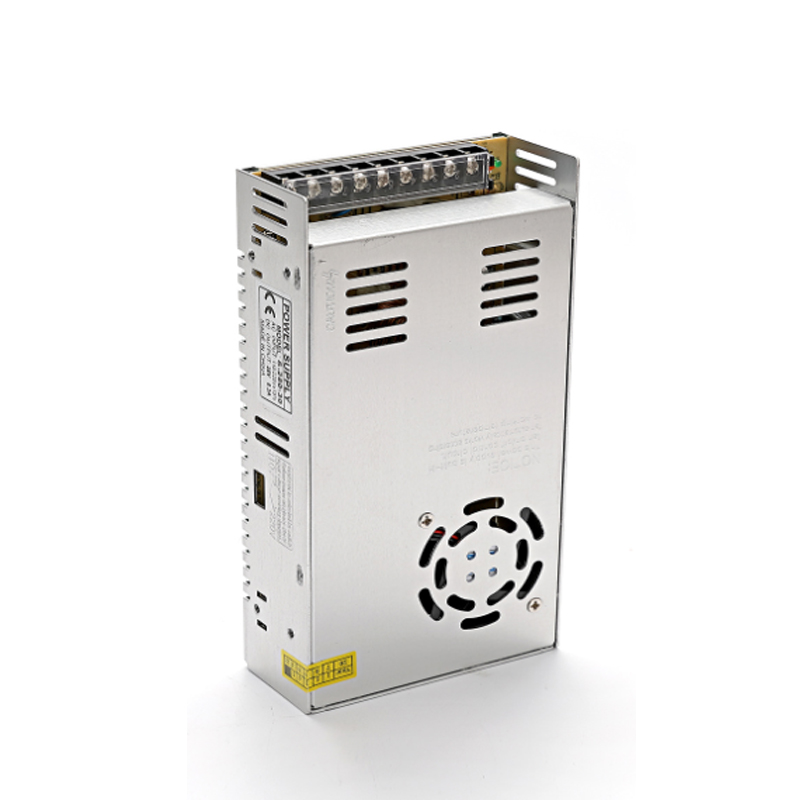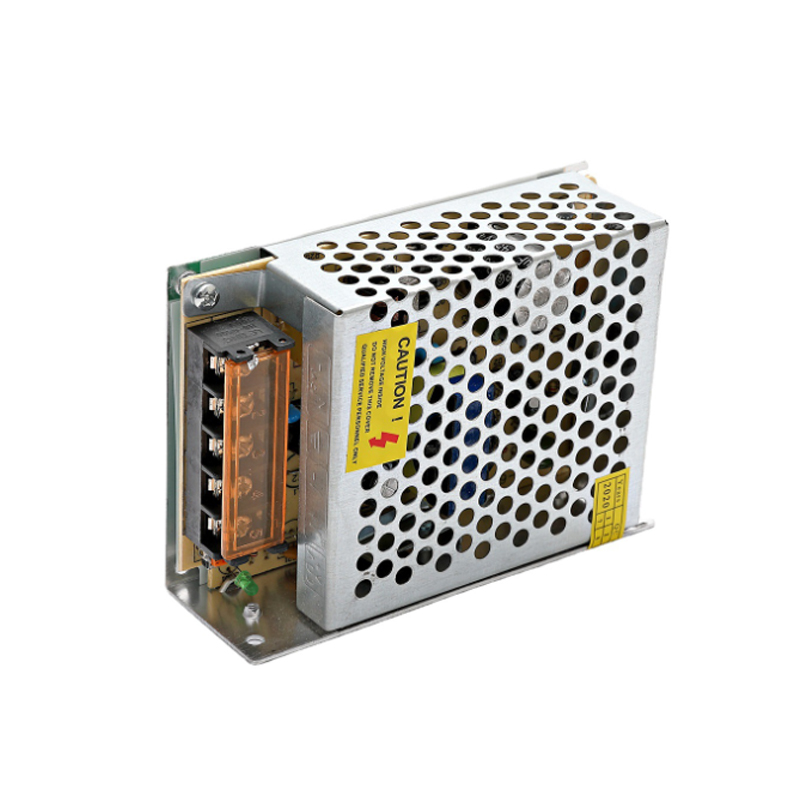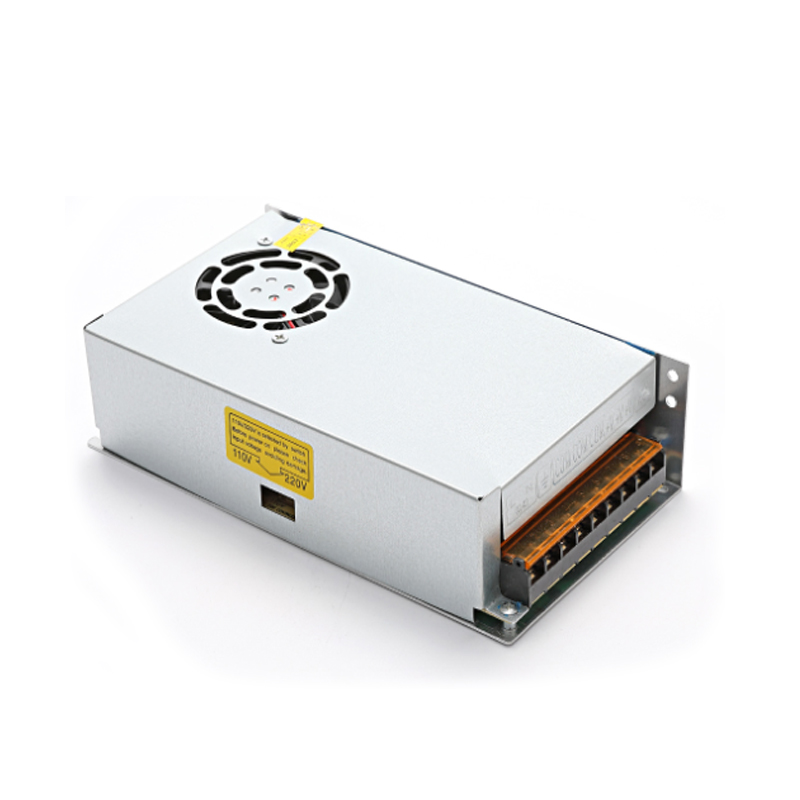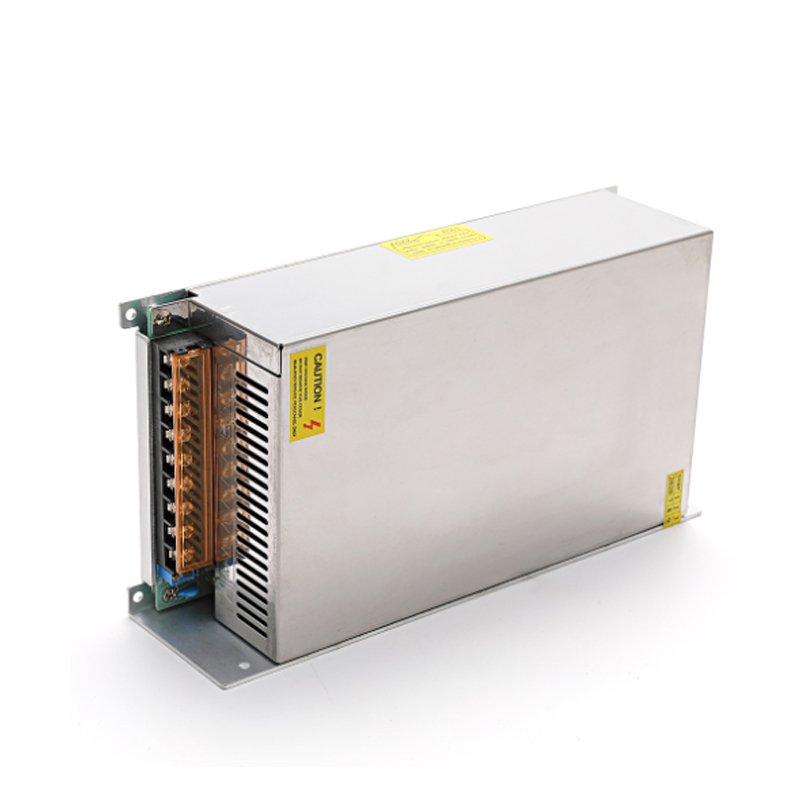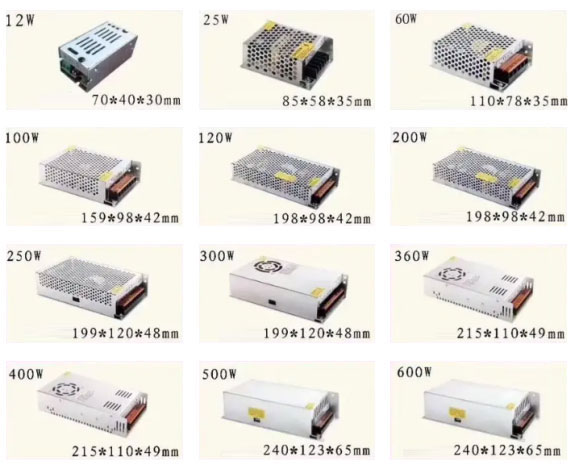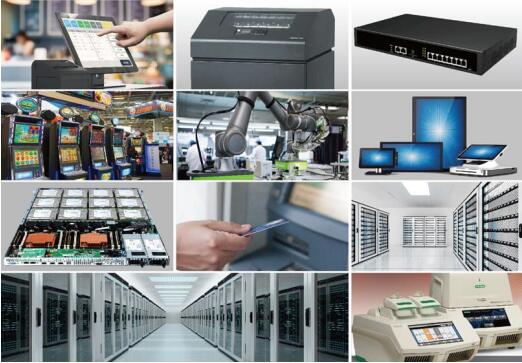Purpose of switching power supply
With the rapid development of power electronics technology and the switch industry, the relationship between power electronic equipment and people's work and life is becoming increasingly close. Electronic equipment cannot do without reliable power sources. In the 1980s, computer power supplies fully realized the switching power supply 12w, taking the lead in completing the power supply replacement of computers. In the 1990s, switch power supplies successively entered various electronic and electrical equipment fields. 100v switching power supply have been widely used in programmable switches, communication, electronic detection equipment power supplies, control equipment power supplies, etc., which further promoted the rapid development of switch power supply technology. Switching power supply is a type of power supply that utilizes modern power electronics technology to control the time ratio of switching transistors on and off, and maintain a stable output voltage. Switching power supply is generally composed of pulse width modulation (PWM) control IC and MOSFET. Compared to linear power supplies, the cost of both increases with the increase of output power, but their growth rates vary. The cost of a linear power supply is actually higher than that of a switching power supply at a certain output power point, which is a cost reversal point. With the development and innovation of power electronics technology, switch mode power supply technology is constantly innovating, and this cost reversal point is increasingly moving towards the low output power end, providing a wide range of development space for switch mode power supplies.
China 5v switching power supply products are widely used in industrial automation control, military equipment, scientific research equipment, LED lighting, industrial control equipment, communication equipment, power equipment, instruments and meters, medical equipment, semiconductor refrigeration and heating, air purifiers, electronic refrigerators, LCD displays, LED lighting fixtures, communication equipment, audio-visual products, security monitoring, LED light strips, computer cases, digital products and instruments, and other fields.
High frequency switching power supply china is the direction of its development. High frequency makes 14v switching power supply miniaturized and enables it to enter a wider range of applications, especially in high-tech fields, promoting the miniaturization and portability of high-tech products. In addition, the development and application of switch mode power supplies are of great significance in energy conservation, resource conservation, and environmental protection.



